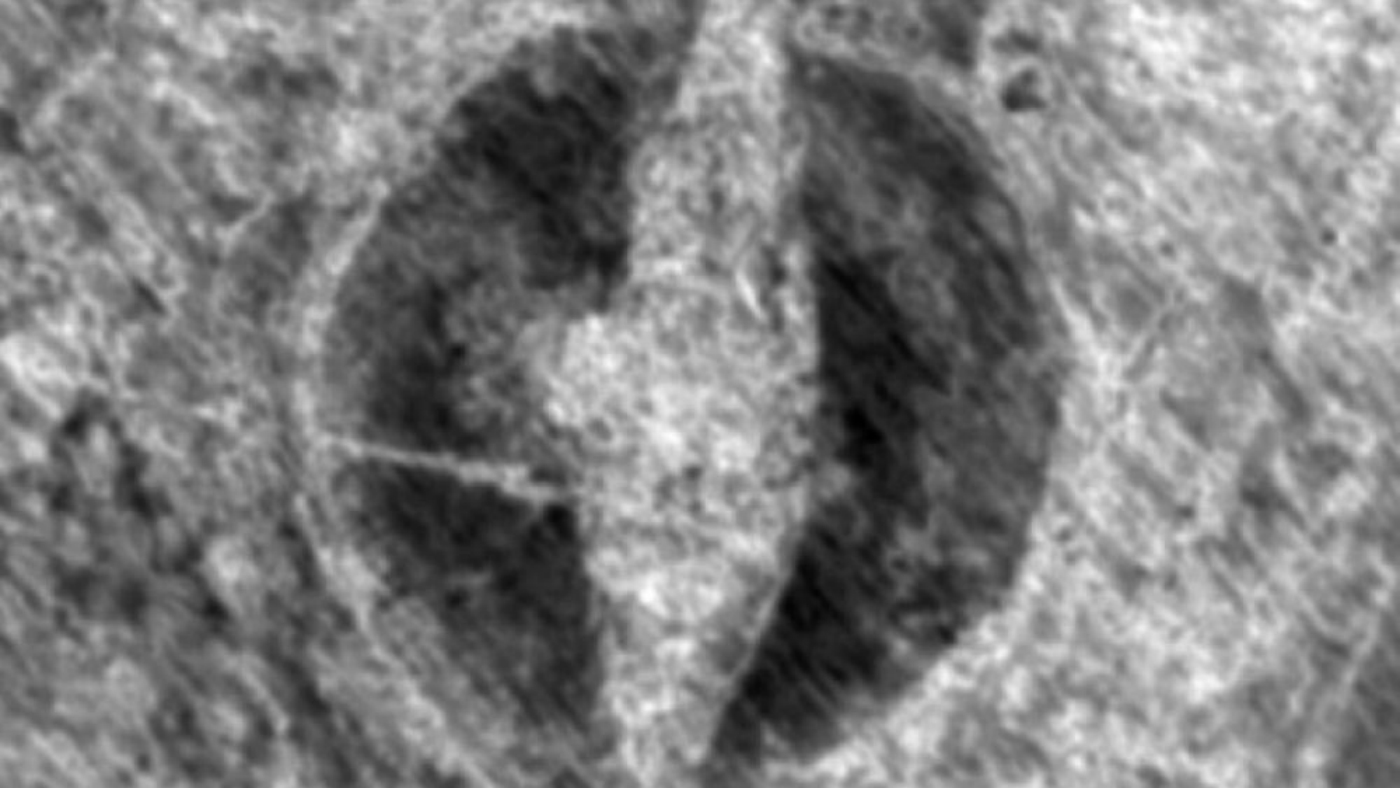Rare Viking longship burial found in Norway
Archaeologists using radar detected ancient grave concealed just 50cm below top soil

Traces of a 65ft-long Viking ship have been found buried just 50cm beneath the ground near the Norwegian capital of Oslo.
Archaeologists from the Norwegian Institute for Cultural Heritage Research (NIKU) made the discovery on farmland in the southeastern county of Ostfold. The ancient boat, detected with a ground-penetrating radar, may “shed light on the skilled navigators’ expeditions in the Middle Ages”, reports news agency AFP.
The find is all the more remarkable because the imposing burial mound that once covered it has long since been ploughed out.
The Week
Escape your echo chamber. Get the facts behind the news, plus analysis from multiple perspectives.

Sign up for The Week's Free Newsletters
From our morning news briefing to a weekly Good News Newsletter, get the best of The Week delivered directly to your inbox.
From our morning news briefing to a weekly Good News Newsletter, get the best of The Week delivered directly to your inbox.
“I think we could talk about a hundred-year find,” says archaeologist Jan Bill, curator of Viking ships at the Museum of Cultural History in Oslo. “It’s quite spectacular from an archaeology point of view.
“It would be very exciting to see if the burial is still intact. If it is, it could be holding some very interesting finds.”
Radar scans show clear outlines of the keel and floor timbers, Live Science says.
“The ship is part of a cemetery that has the remains of at least seven burial mounds, which are dome-shaped hills of dirt and stones piled on top of a grave, the scans indicate,” the news site continues. “The remains of five longhouses, where the Vikings would have lived, were also detected near the cemetery.”
A free daily email with the biggest news stories of the day – and the best features from TheWeek.com
According to National Geographic, the ship was probably covered over more than 1,000 years ago to serve as the final resting place of a prominent Viking king or queen. Intact Viking ship graves of this size are “vanishingly rare”, adds the site.
Archaeologists plan to use other forms of geophysical scans to uncover more details about the ship and the surrounding cemetery. However, they hope to avoid excavating the site, “as the ship may be damaged when exposed to the open air”, Live Science explains.
-
 Why is Trump’s alleged strike on Venezuela shrouded in so much secrecy?
Why is Trump’s alleged strike on Venezuela shrouded in so much secrecy?TODAY'S BIG QUESTION Trump’s comments have raised more questions than answers about what his administration is doing in the Southern Hemisphere
-
 Vance’s ‘next move will reveal whether the conservative movement can move past Trump’
Vance’s ‘next move will reveal whether the conservative movement can move past Trump’Instant Opinion Opinion, comment and editorials of the day
-
 Why recognizing Somaliland is so risky for Israel
Why recognizing Somaliland is so risky for IsraelTHE EXPLAINER By wading into one of North Africa’s most fraught political schisms, the Netanyahu government risks further international isolation
-
 How Bulgaria’s government fell amid mass protests
How Bulgaria’s government fell amid mass protestsThe Explainer The country’s prime minister resigned as part of the fallout
-
 Femicide: Italy’s newest crime
Femicide: Italy’s newest crimeThe Explainer Landmark law to criminalise murder of a woman as an ‘act of hatred’ or ‘subjugation’ but critics say Italy is still deeply patriarchal
-
 Brazil’s Bolsonaro behind bars after appeals run out
Brazil’s Bolsonaro behind bars after appeals run outSpeed Read He will serve 27 years in prison
-
 Americans traveling abroad face renewed criticism in the Trump era
Americans traveling abroad face renewed criticism in the Trump eraThe Explainer Some of Trump’s behavior has Americans being questioned
-
 Nigeria confused by Trump invasion threat
Nigeria confused by Trump invasion threatSpeed Read Trump has claimed the country is persecuting Christians
-
 Sanae Takaichi: Japan’s Iron Lady set to be the country’s first woman prime minister
Sanae Takaichi: Japan’s Iron Lady set to be the country’s first woman prime ministerIn the Spotlight Takaichi is a member of Japan’s conservative, nationalist Liberal Democratic Party
-
 How does the Nobel Peace Prize work?
How does the Nobel Peace Prize work?The Explainer Activist María Corina Machado wins prestigious prize, despite public campaign by Donald Trump
-
 Russia is ‘helping China’ prepare for an invasion of Taiwan
Russia is ‘helping China’ prepare for an invasion of TaiwanIn the Spotlight Russia is reportedly allowing China access to military training